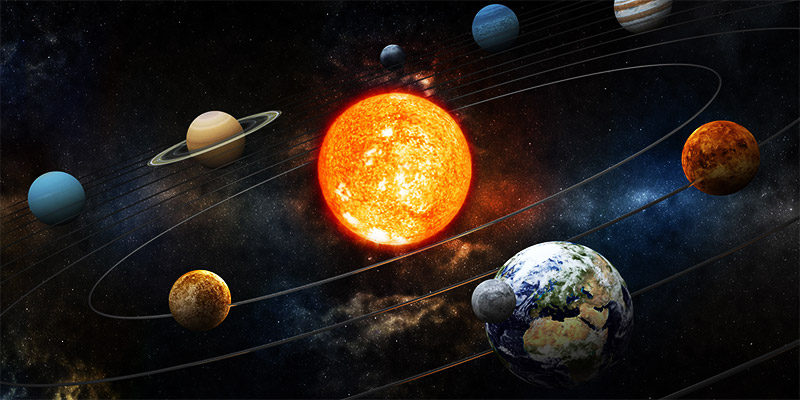Scientists Want New Planetary Definition to Include 110 Space Objects
Ron Perillo / 8 years ago
A group of six scientists from five institutions including John Hopkins University’s Department of Earth and Planetary Sciences in Baltimore, Maryland, USA are not just sore about Pluto losing Planetary definition status a few years ago, they disagree with existing planetary definition standards entirely. Currently, planets are defined primarily as celestial bodies with an elliptical orbit around a star. In our solar system, this officially includes only the eight planets everyone has been taught in elementary school science class. The group wants the definition changed to include minor planets and natural satellites as well, proposing a planetary definition that is geophysical rather than orbital. This excludes asteroids, black holes and meteorites.
The group believes that a planet is any sub-stellar mass body that has never undergone nuclear fusion and that has enough gravitation to be round due to hydrostatic equilibrium regardless of its orbital parameters. This approach emphasises the planet’s intrinsic rather than extrinsic properties. Pluto lost its planetary definition due to its eccentric orbit, overlapping inside Neptune in some areas. Using the group’s suggestion, this increases the planetary count from eight to 110 including not only Pluto but Jupiter’s moon Europa and Earth’s moon as well. The group asserts that a redefinition is in order considering the current standard from the International Astronomical Union technically excludes even Jupiter, Neptune, Mars and Earth since their orbits are shared with asteroids.
The proposal was authored by six scientists led by Kirby Runyon, whose doctoral dissertation focuses on changing landscapes on the moon and Mars. The group’s proposal will be presented at the Lunar and Planetary Science Conference’s poster session on March 21.




















